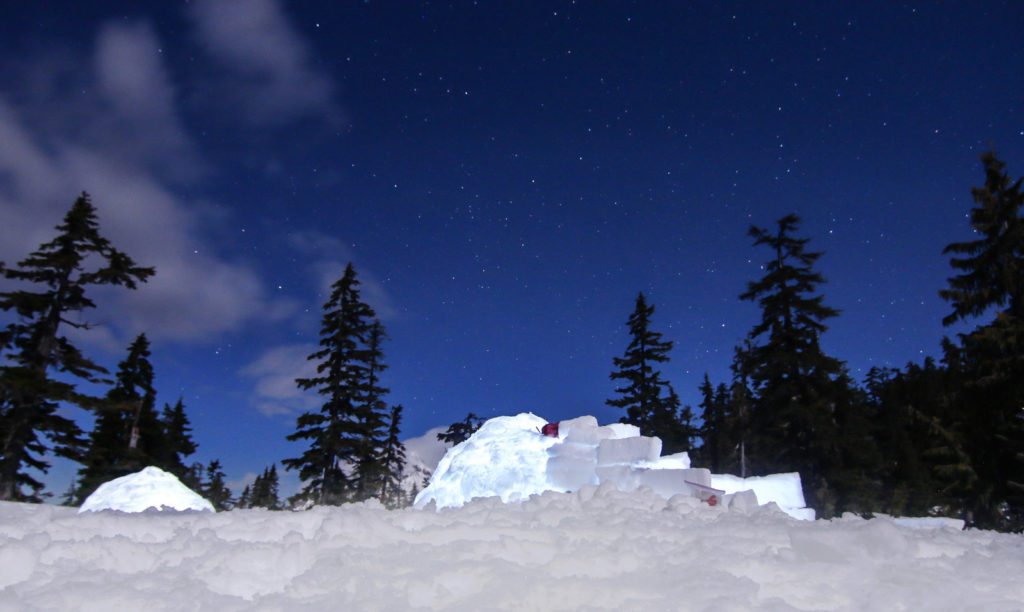As I write this, I'm waiting for our students to return from their weXplore, a five-day excursion that takes students beyond their host city for immersive cultural experiences. For the past two months, we as a school have called Maun, Botswana, our home. It's a small town on the edge of the Okavango Delta and, for many travelers, a doorway into Africa. But Maun is only one perspective, and it...
Read MoreIn many of the Inuit languages, including Inukitut, the word iglu typically means house, but it can refer to many types of buildings, constructed from a range of materials. This includes the dome-shaped, snow block huts that most of us know as igloos, which are often created by a team of two as temporary homes while hunting on open sea ice during the Arctic winter.
Building a temporary home for our community is something that we do at least three times a year at THINK Global School. The task is a mammoth effort, requiring input from our leadership team, remote and onsite staff, and students and their families — essentially all hands on deck. The benefits as a learning project are many, perhaps most important of which are the development of teamwork skills.
Recently, in preparation for their five-day expedition in June, we took our Grade 10 Team Studies class into the mountains near Vancouver to brush up on their hiking and navigation skills. Our guide Marlaina had been taught how to build igloos by a man who loved the outdoors and for years slept solely in his own snow constructions as he could not afford a tent. When she offered the opportunity for our students to build their own igloos with her tutelage, they jumped at the chance, and a most engaging five-hour project was born. What follows is a description of the process of building an igloo and the lessons identified by our students during this task.
1. The importance of a strong foundation
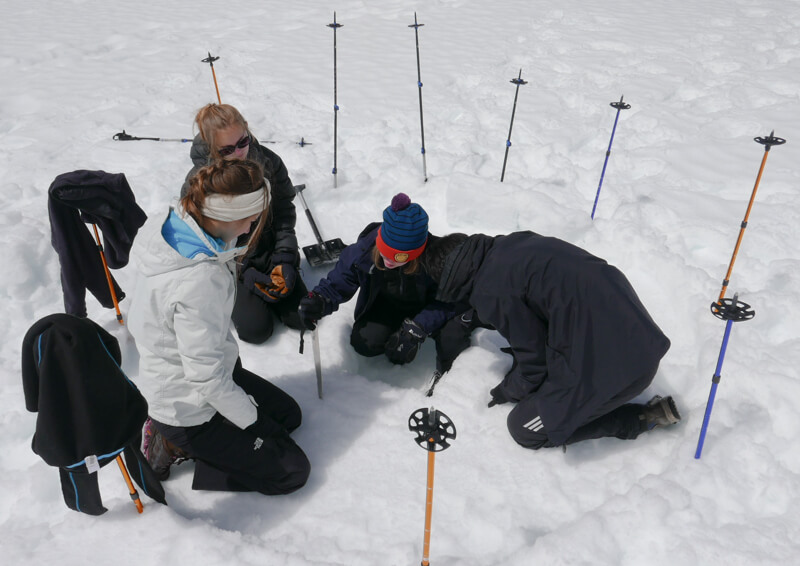
When building an igloo in an environment where snow is not hard-packed, a circular pad must be stamped out by foot. This becomes the area from which blocks are cut. When each block is cut, it is carefully lifted out and placed around the perimeter of the area until the circle is complete. This first layer of blocks is then cut on a slant, creating an upward spiral on which the next blocks will be placed sequentially at an ever increasing inward angle to form a dome. As further blocks are cut from the inside of the circle, the floor of the igloo becomes deeper as the walls become higher. As a team, it’s important to form a strong foundation from the start, ensuring positive communication as you work upwards towards your goals.
2. Snow has to be handled gently to stay together
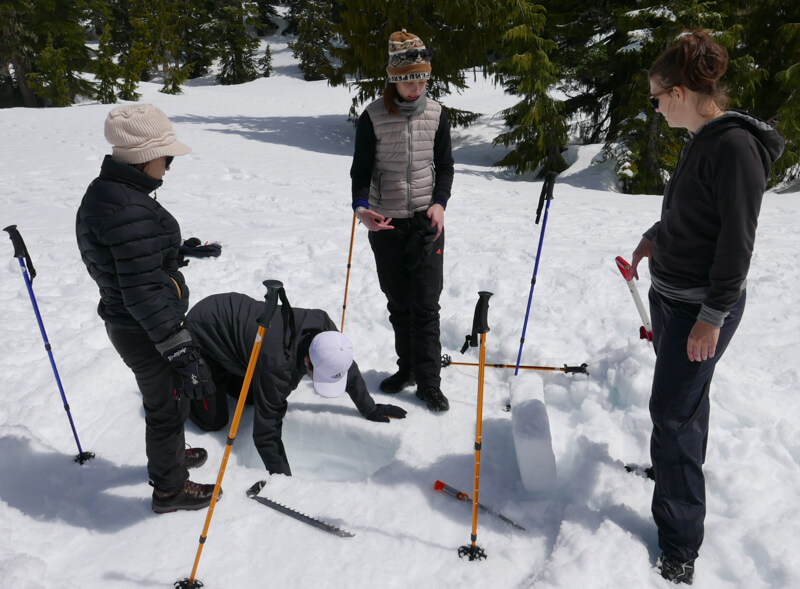
Without the right forces, snow will not stay together in block form. If tension on the block is high then it will break. Similarly, if team members aren’t treated well by their peers, they are less likely to be engaged in the task at hand.
3. Every block counts
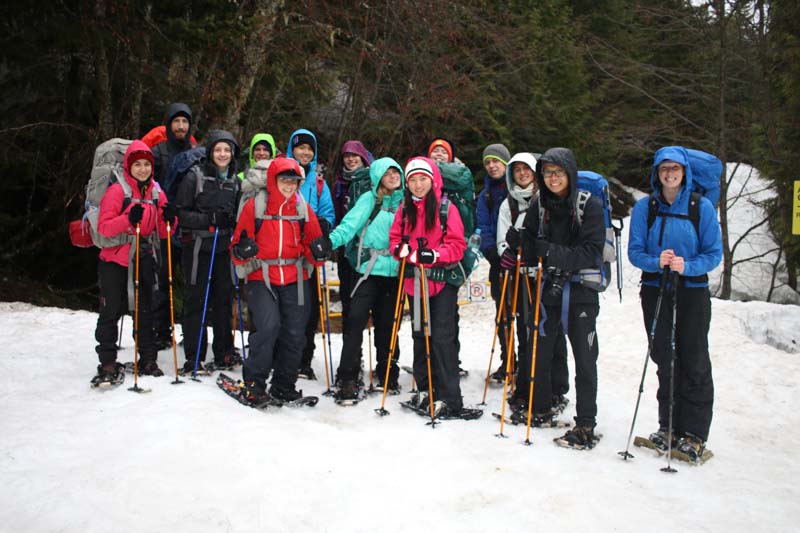
Without each uniquely shaped block, the structure would not be complete. In a team, it is important that each member is valued and their unique skills used to the group’s advantage. For instance, someone might be great at cutting blocks, but someone else’s height might make them more suitable for the job of finishing the wall of the igloo.
4. Don’t fear the uncomfortable angle
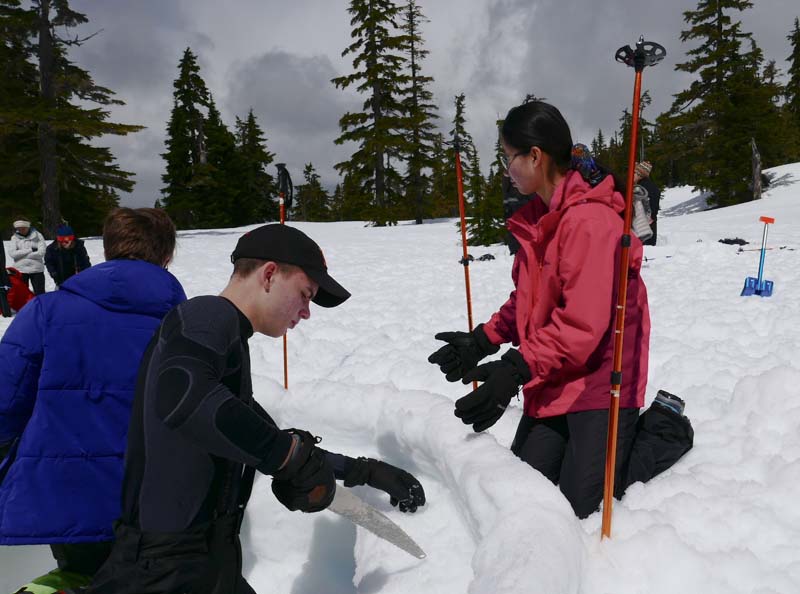
Each new layer of blocks must be placed at an often impossible looking angle for the dome shape to progress. Similarly, a group or individual cannot achieve anything new without taking risks or moving outside their comfort zone.
5. Trust your team
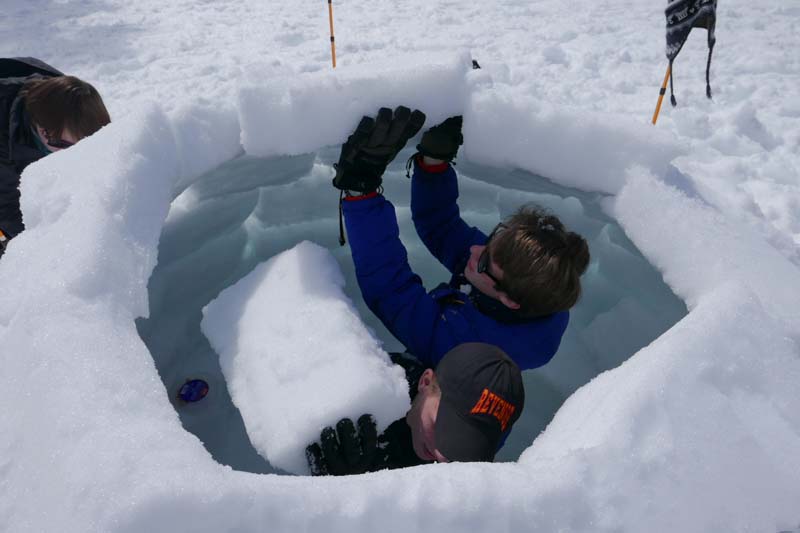
Once the walls of the igloo become too tall to continue to step over, two members of the group must stay on the inside of the igloo and continue to cut and place blocks while the rest can only direct from the outside. Eventually, the two team members on the inside will complete the dome, effectively trapping themselves inside the structure. It then becomes the job of the other team members to dig the entrance to the igloo, releasing their team members from inside. This requires trust from each side that the other will perform their role correctly.
6. Create a path for communication. “Don’t just yell!”
Once the two team members are encapsulated by the wall of the dome, it becomes difficult to communicate with team members outside. Yelling is ineffective, so a communication path must be created by making a small hole in the wall of the igloo. In a team, it is important to create a similar path, process or agreement for effective communication.
7. Keep the collective goal in mind
Building an igloo is not a simple task. Unexpected issues arise that often change the initial plans of the group. This, along with the working space significantly decreasing, particularly when people are on the inside of the igloo, can cause frustration. As with any project, it is important to keep the collective goal in mind.
8. Stick together and the stronger you’ll be
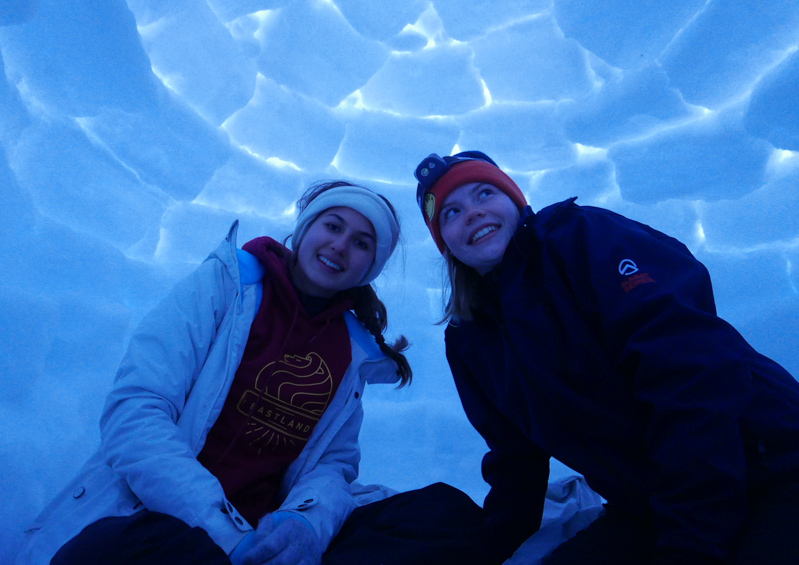
The longer the blocks are in place, the stronger the bonds between them become, as the snow freezes over and sets like concrete. Similarly, if a team makes a commitment to stay together and work through any issues that might arise, generally, the more successful the team will be in the long run.
9. The more people you have together, the warmer the igloo will be
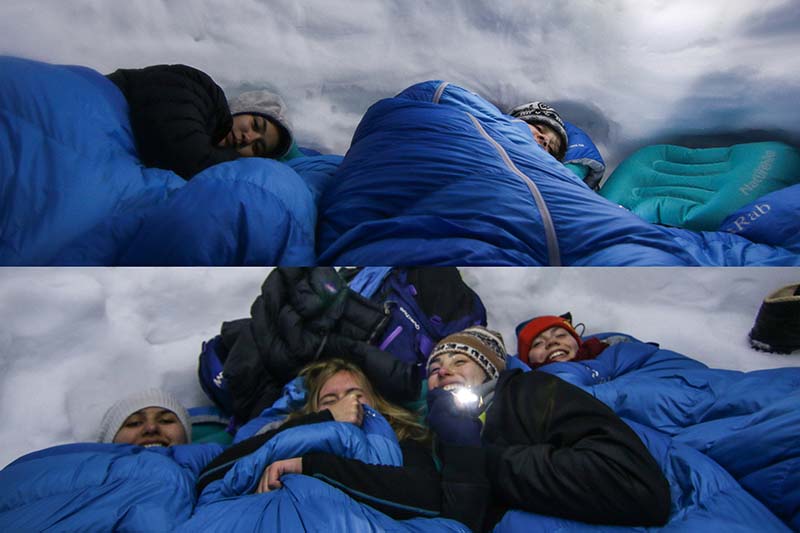
Now that the igloo is built, it is time to sleep in it. The more people you can comfortably fit in the igloo the warmer it gets due to the release of body heat. Similarly, the more team members you have actively engaged in a process the more successful you’ll be.
Success!
